Why Digital Health Isn’t One-Size-Fits-All: The Impact of Age, Education, and Language
Digital health solutions are revolutionizing healthcare by improving access, efficiency, and patient outcomes. From telemedicine to mobile health apps, these innovations offer new ways to manage chronic conditions, track wellness, and receive medical care. However, digital health is not a one-size-fits-all solution. Factors such as age, education, and language play a significant role in determining how effectively individuals can engage with these technologies.
Age: The Generational Digital Divide
Different age groups interact with technology in distinct ways. Younger generations, who grew up in a digital world, generally adapt quickly to digital health platforms. They are more comfortable using:
- apps
- wearable devices
- online portals for medical appointments and health tracking
In contrast, older adults may face challenges with digital health adoption. Many seniors struggle with navigating complex interfaces, remembering passwords, or even trusting online health resources. Additionally, physical limitations such as declining vision or dexterity can make using digital devices more difficult. To bridge this gap, healthcare providers should offer:
- user-friendly designs
- digital literacy training
- personalized support for older populations
Education: A Barrier to Digital Health Access
Education levels also impact digital health engagement. Those with higher education levels are more likely to understand medical jargon, interpret health data, and navigate digital platforms effectively. They are also more likely to seek out and critically evaluate online health information.
Conversely, individuals with limited education may struggle with comprehending health-related content, leading to poor decision-making or avoidance of digital health tools altogether. To address this disparity, digital health platforms should prioritize clear, simple language, intuitive designs, and visual aids to enhance accessibility for all users.
Language: Overcoming Linguistic Barriers
Language can be a major obstacle to digital health adoption, particularly for non-native speakers. Many digital health platforms and apps are designed primarily in English, which can exclude large portions of the population. Misinterpretation of medical information due to language barriers can lead to serious health risks.
Providing multilingual options, culturally relevant content, and translation services can significantly improve accessibility and engagement. Healthcare organizations should ensure that digital health resources are available in multiple languages to accommodate diverse patient populations.
Tailoring Digital Health for Inclusive Access
For digital health to be truly effective, it must be inclusive. Solutions should be:
- User-Friendly: Simple interfaces with intuitive navigation.
- Educationally Accessible: Content should be designed for all literacy levels.
- Linguistically Inclusive: Platforms should support multiple languages and offer translation services.
- Culturally Aware: Health advice should be relevant and respectful of different cultural backgrounds.
To learn more, check out this summary from University of California San Francisco.
By recognizing and addressing the diverse needs of users based on age, education, and language, digital health can become a powerful tool that benefits everyone, not just the tech-savvy or highly educated. The future of healthcare depends on building digital solutions that leave no one behind.
Enhance your experience to new heights with meticulously selected supplements from the prestigious Asher Longevity Institute. Embrace a holistic approach that ignites your body’s vitality and maximizes your overall well-being.




